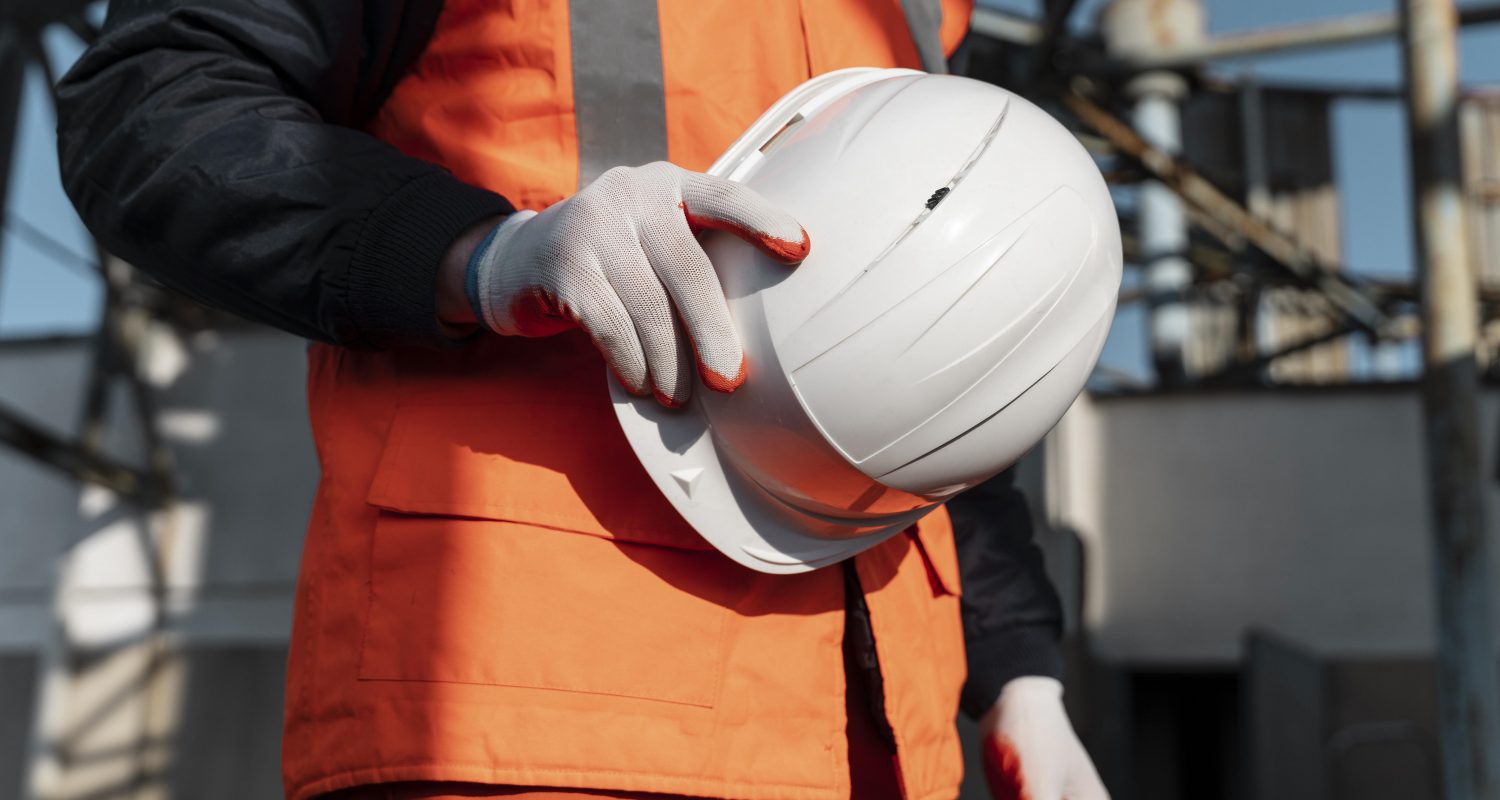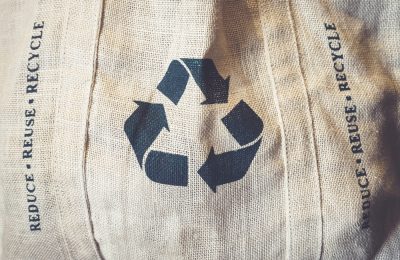|
Getting your Trinity Audio player ready...
|
Everything you need to know about Australian standards for PPE workwear.
PPE has always been a necessity for people who have to work in high-risk work conditions. But with the emergence of COVID-19 and the ongoing pandemic, the importance of PPE has become highlighted by folds.
PPE is Personal Protective Equipment, and it majorly includes respirators, goggles, masks, and gloves. PPE protects people working in extreme conditions from cuts, injuries, and abrasions that can occur due to a number of reasons, such as exposure to toxic agents, or falling from a height, etc. However, one important thing to note here is that PPE is not a substitute for proper workwear. It should not be used as a permanent safety measure. Instead, it should be employed only as a short-term protective measure until better and more effective control strategies are implemented in a workspace. Moreover, you can use PPE when working in situations that call for an emergency measure, such as emergency workspace clean-ups.
In Australia, PPE has its limitations especially when it does not fall into the Australian
Standards for workwear. Keep reading to find out what we are talking about:
PPE Selection Based on Australian Standards
Once you have established that you need PPE for your work, the next step for you is to decide the correct type of PPE that you need. Match your PPE and its type to the level of risk you are exposed to when at work, and you can do that via a thorough hazard assessment. Plus, you also take to keep the sizing, durability, and comfort into consideration.
Companies and businesses can use the Australian standards to guide themselves when ensuring the provisions and availability of PPE at the workplace. The PPE must meet the minimum performance as set by the standards which clarify the characteristics of PPE based on its type. Let’s dive into the PPE requirements as set by the Australian Standards:
Masks and Respirators
Masks and respirators are compulsory accessories that people who work in chemical facilities are required to wear. However, because of the ongoing pandemic, masks and respirators have become a necessity for everyone and people have become more vigilant in the PPE they use. Masks have been proven to decrease the risk of the wearer acquiring the disease. Companies need to keep PPE standards in mind when deciding the correct type of masks, respirators, and other devices.
Besides, with so many types of products available in the market, it is natural and inevitable to get confused. But it is very important to buy the right product based on the intended purpose of the PPE depending on the workplace or the environment where you will have to use the PPE.
Respirators like N100, N95, and N99 have special labelling because the Australian Government requires that the equipment conforms to the standards that have been set in action to regulate air-purifying particulate respirators. So, when a respirator has the label saying N95, it means that the manufacturer of the product has evidence that his product has attained the endorsement from the National Institution for Occupational Safety and Health (NIOSH). For cases, when a product does not get the approval, then performance test data stating that the N95 respirator conforms to the fundamental standards is needed, which include:
ISO 22609:2004
This is the international standard made for medical face masks. This standard covers the PPE for infectious agents and the test method employed is either by horizontal projection or fixed volume of synthetic blood.
AS/NZS 4381:2015
This one is for face masks that are used in healthcare facilities. It pertains to disposable or single-use masks.
AS ISO 16900.3:2015
This standard is followed for the use of respiratory protective devices. The assessment of products that get approved is done via a series of particle filter penetration tests.
AS NZS 1716:2012
This one offers the guidelines for respiratory protective devices, especially those devices that are labelled with P3, P2, and P1 filtration classes. It also covers respirators that are not employed in the medical field.
AS NZS 1715:2009
This standard provides instructions in using, maintaining, and choosing respiratory protective equipment.
Reflective Clothing
Reflective clothing or high-visibility (hi-vis) clothing has to fall under the legislative standards and requirements. Many people believe that any brightly coloured shirt or yellow coloured clothes ensure that you are safe from any type of harm. However, that is not the case, and it is, in fact, a lot more than that. Reflective or hi-vis clothes have to follow the given standards:
Also Read: Hi-Vis Clothing & its Benefits at Work
AS/NZ 4602:2011
This one is for high visibility (hi-vis) safety PPE. It mainly concentrates on clothes that either use fluorescent or retroreflective materials. These clothes can be categorised as Class D/N (day and night use), Class D (daytime use only), and Class N (night-time use only). Hi-vis garments help moving machinery or vehicle operators identify if other people are also working in the same workspace.
AS/NZ 1906.4:2010
This standard is for retroreflective materials, which are mainly worn by workers who work to maintain road traffic control. It determines the colour of the clothes and also demands the gear to encircle the upper torso properly. In addition, the back and front of the clothes also need to sport a 0.2 square metre high-visibility colour. The measurements do not include logos, silver tape, or screen-prints, etc.
AS/NZS 4399:
This standard is set for high-visibility personal equipment with ultraviolet protection or UPF. This type of PPE is a vital investment for people who have to work directly under the sun in extreme heat. However, it is important that you check the rating of the PPE before buying clothes. The UPF has to be at least at 15 UPF.
Suggested Read: What is the Importance of PPE For Food Industry Roles?
Other Standards for PPE
There are other standards that are set for PPE used by medical and non-medical professionals, such as hand sanitisers, surgical gloves, visors, and goggles, etc. Standards for such products include:
ANSI/AAMI PB70:2003
This standard delivers guidelines for selecting drapes and apparel that can keep the wearer safe from liquid contaminants in high-risk areas, for instance, healthcare facilities.
ASTM 1671
This one mentions the resistance of materials in protective clothing against harmful blood-borne pathogens. The materials undergo a rigorous testing technique that involves the use of Phi-X174 Bacteriophage Penetration testing.
ISO 22610
This standard constitutes gowns and surgical drapes in healthcare settings. It tells the necessary information needed for this medical equipment used by both the clinical staff and the patients.
ISO 22612
The given standard explains the clothing required for protection against infectious agents that pass the dry microbial penetration test.
ISO 10282:2014
This one explains which disposable sterile rubber surgical gloves need to be used. The AS/NZS 4179:1997 also follows the same standard, but it may need updates.
AS NZS 4011
This is the standard set for single-use medical examination gloves. Rubber solution and rubber latex gloves are specified in Part One of this standard.
AS/NZS 1337.1:2010
The standard under discussion deals with eye and face protective equipment. All approved products in this standard undergo rigorous testing at the University of New South Wales’ Optics and Radiometry Laboratory (ORLAB).
EN13727
This standard acts as guidance for hand sanitisers. Products that contain this labelling have to pass an in vitro test. The test consists of an evaluation of the decrease of transient organisms under comparative conditions.
And these are the most important standards for PPE in Australia that you need to know about, especially if you manage or work in a workplace where you have to work in extreme conditions and the use of PPE along with workwear is very important.
The Bottom Line
Developing Australian Standards for PPE is a long and exhaustive process and comes into place after a lot of combined effort on the part of the industry and the regulators. Experts and testing centres indulge in a lot of testing using the appropriate testing equipment to gather the required data. These standards are very crucial in a workspace because the safety of real people (workers and the public), and businesses, depends on them.
Therefore, it is always advised to keep these standards in mind when buying PPE, whether you’re a business owner or an employee. If your employees feel safe when working, they will not only work better but the productivity and quality of work will also improve.
Also Read: Personal Protective Equipment: How to Choose the Quality PPE in 2021


